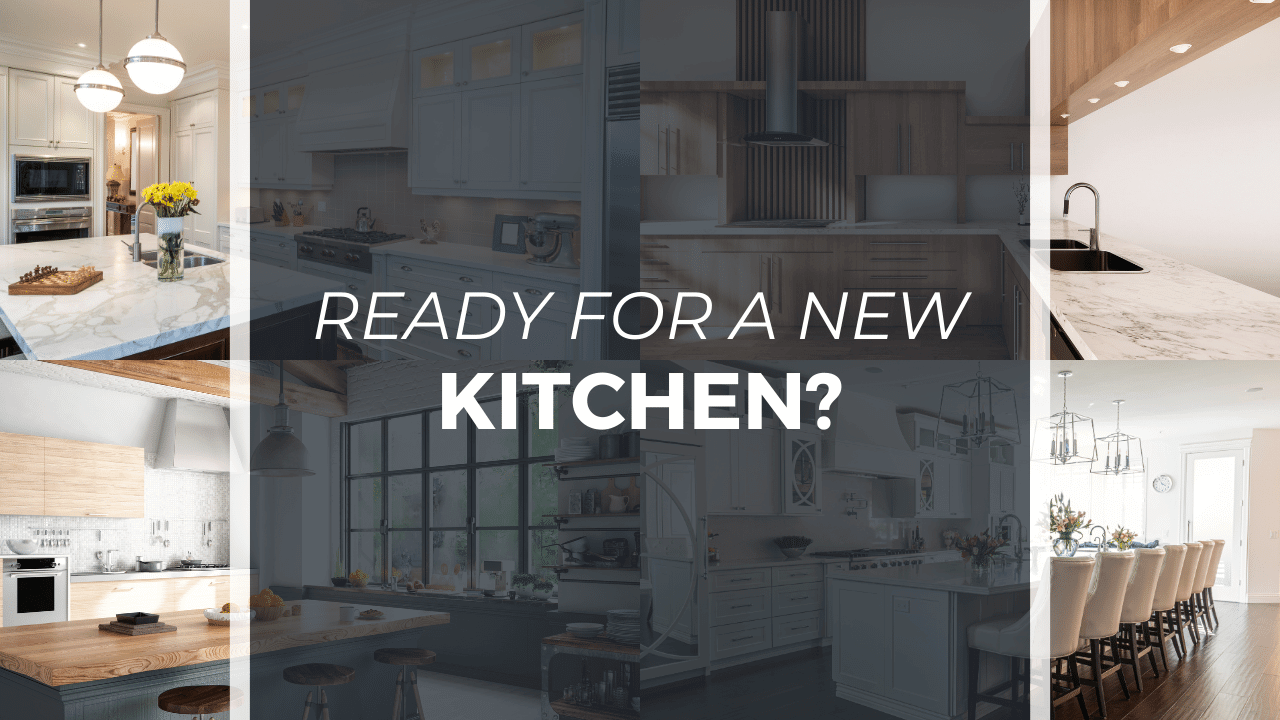
It seems like social media inundates us with videos that circulate around the perfect kitchen. Like the videos, they are light, airy and filled with well-organized dishes and pantries. Certainly, the world of algorithms has noticed we linger on these videos longer than others. The aesthetics are pleasing. The efficiency is enhanced. And the meal preparation will be a thing of productive joy. Is this just a dream? Or is it accessible for everyone? The enthusiastic answer: yes! A well-organized kitchen is not only aesthetically pleasing but also enhances efficiency and productivity during cooking and meal preparation. If you find yourself asking questions about the best layout, essential tools, and where to start when organizing your kitchen, you’re in the right place.
What Is the Best Kitchen Layout?
The layout of your kitchen plays a crucial role in optimizing organization. One important feature in kitchen design is the placement of sink to fridge to oven. This is called the kitchen triangle and should be fairly even on each side. If any of the three essential appliances is significantly farther away than the other, this affects the organization of the tasks required. Consider the following popular kitchen layouts:
- U-Shaped Kitchen: This layout provides ample countertop space and allows for efficient movement between cooking, prepping, and cleaning areas.
- L-Shaped Kitchen: Perfect for small to medium-sized kitchens, this layout maximizes corner space and creates an open flow. It is considered the most classic of all of the kitchens.
- Galley Kitchen: Ideal for narrow spaces, this layout features two parallel countertops, creating an efficient work triangle.
- Island Kitchen: If space allows, incorporate an island provides additional storage and prep space, enhancing kitchen organization. Islands are not new to kitchen design; however, the double island is. In this scenario, one island is for prep work, and the other is for eating or watching the cook at work.
What Does an Organized Kitchen Need?
Once you’ve planned your kitchen design, think about how you will organize the essentials. Invest in quality cabinets and drawers that provide adjustable shelving to store pots, pans, and small appliances. If you use items like coffee makers, air fryers, or toasters on a regular basis, consider their placement on the counter but allow doors that easily hide them when entertaining or not in use.
Think of the kitchen in terms of zones. The prep zone needs lots of room. The cooking zone is usually concentrated around the stove or oven. The clean-up zone should be near all of the other two to make life easier for everyone involved in the cooking or clean-up process. By thinking of the zones, you can create spaces that provide you with the tools you need for that specific task.
Organize the drawer space to keep utensils, cutlery, and small kitchen tools neat and easily accessible. To do this, have the option to have flexible compartments. One new trick is to have angled partitions which allow for a variety of sizes and has a spot for smaller tools that might get lost under larger ones. Try, if you have the space, to allot only a couple of purposes to each drawer. This helps with organization and reduces clutter.
Consider rethinking under sink storage spaces. Pull out drawers make good use of the space and can be built to accommodate access to the plumbing.
Use vertical space for spice racks and cookware that is bigger like cookie sheets. The spices might fit nicely at the end of the refrigerator. Stacking items like pots and cookies sheets and pans vertically rather than nesting them makes for easy access.
In the pantry, allow for flexible shelving. Just like at the grocery store, not everything is the same size. Use clear containers to store dry goods like pasta, rice, and other snacks. This makes it easier to find the items quickly and see what quantities are low when ready to restock. Also, consider lazy Susans. If your cabinets and shelves are deep enough, this is a great way to make things accessible instead of hunting for them.
What Are Some Simple Steps for Organization?
When your new kitchen is ready to move into, purge the items you generally do not use. That jello mold that has been sitting gathering dust? Either commit to finding a purpose for it or rehome it. Once you have organized and purged, keep the things you use the most often close by. Store the rarely used items—think that large roasting pan for the Thanksgiving turkey—up high and out of the normal traffic flow.
Keep the counters neat and clean. Cooking is a messy business because you are creating something new. But if you have to clean the kitchen and remove papers and clutter each time you cook, it makes the joy of cooking seem like a task because you are doing double the work.
Invest in high quality good storage systems. The aesthetic of the storage looking fresh and clean will help with the organization. Label bins and containers to help with clutter and organization. This makes it feel like it has a place (and helps your family know where to return items).
Your new kitchen should be a thing of joy for you to both look at and enjoy working in. Make sure you are a part of the process and think about how you use your kitchen now. Also, though, think about its marketability down the road. A new kitchen can be a significant financial investment, and the potential is there to see a return on your investment. If you are planning to move in the next few years but want to update your kitchen and enjoy it now, consider talking with a REALTOR® at the Yosha Snyder Group for what clients want when house shopping. That makes your kitchen reno a win-win for everyone. Happy cooking!
